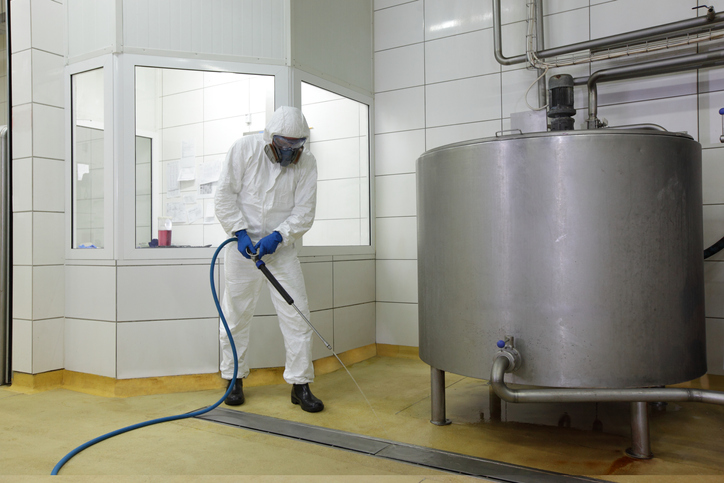The new year means a new spring season is just around the corner, and people everywhere will be conducting their annual spring cleaning. Just like you might be scrubbing your baseboards and bathrooms, this is a great time to revisit your manufacturing plant cleaning procedures to see what can be improved upon or added to your routine.
Invest in Monitoring Technology
Machinery has become increasingly complex and nuanced to the point we can use sensors to track the performance of the smallest components. Invest in new software that can track component performance, such as a dirty filter or a gear cog that’s accumulating buildup. Such technology helps with preventive maintenance which can reduce downtime from a worn-out or dirty part.
Be Proactive
Thin and delicate components can experience functionality issues from the smallest residues, such as fingerprints and particulates. Auditing workspace cleanliness of areas that utilize these delicate components can prevent part failure. For example, high quality gloves and protective clothing or temperature-controlled rooms with less exposure to outside airflow can prevent dust and particles from harming machinery.
Additionally, regular scheduling of lubrication is a simple way to keep machinery functioning at its best and increase its longevity. Regular lubrication should be paired with routine spray washing to prevent too much buildup of lubricants on the surface. While spray washers can handle the bulk of surface buildup, they aren’t designed for detailed cleaning.
Get all the Angles with Immersive Cleaning
Soaking parts in cleaning solution helps dissolve any surface contaminants, and is ideal for complex parts with angles that can’t be easily handled by a surface spray washer or manual cleaning. This can cause some issues as it regularly includes chemicals that need proper ventilation and handling.
Deep Clean with Ultrasonics
Gentle and incredibly thorough, ultrasonic cleaners are an ideal way to clean components down to the smallest detail. They gently break up particulates at a near-microscopic level, removing residue the human eye can miss. Ultrasonic cleaning is especially useful for companies dealing with delicate parts, such as circuit board manufacturers and other electronics companies. These style of cleaners are also safer as they use water-based solutions that won’t harm workers.
What level and complexity of cleaning you use fully depends on the needs of the business, but there are certainly benefits of investing in different technologies for different parts of your facility. What sort of cleaning techniques and procedures does your facility use? Which one has been most reliable for you? Let us know in the comments below.
